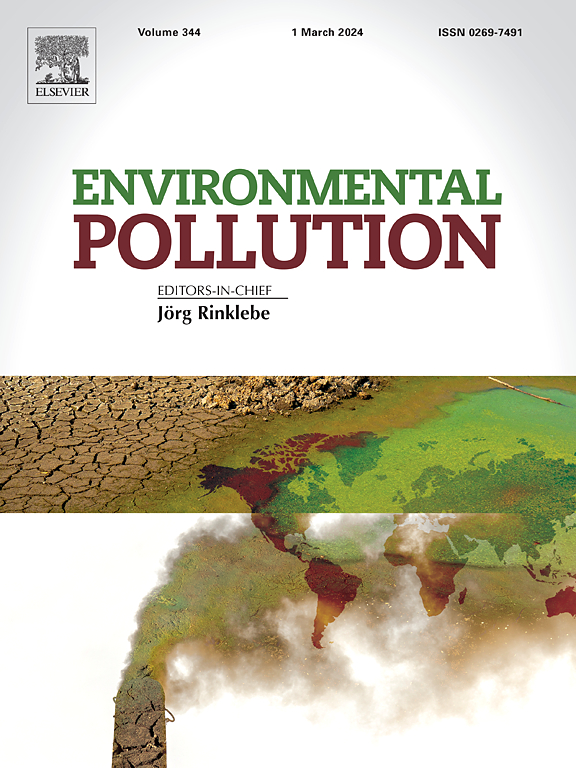Skyglow and especially direct streetlight pollution alter moth communities
IF 7.6
2区 环境科学与生态学
Q1 ENVIRONMENTAL SCIENCES
引用次数: 0
Abstract
Light pollution caused by artificial light at night (ALAN) affects biodiversity worldwide and is still increasing. Species vary in their response to ALAN, but the impact on communities remains poorly understood. Effects of indirect light pollution by skyglow and direct streetlight pollution on communities have usually been addressed separately, and in most studies so far, urbanisation levels are a confounding factor for ALAN effects per se. Here, we sampled garden moth communities according to a study design that integrated two levels of direct streetlight pollution and two regional skyglow levels to test for additive effects of both types of ALAN. We also tested whether ALAN conditions related to community changes in species’ morphological, behavioural and life-history traits.
Both skyglow and streetlights negatively affected moth abundance. Species richness and diversity decreased under direct streetlight, independent of skyglow levels. Both types of ALAN affected moth community composition and we identified several relationships with species traits in the local moth communities. Skyglow filtered for hibernating stage and larval habitation, while streetlight pollution filtered for voltinism, larval food specificity, habitat openness and hibernating stage.
Our study provides evidence that both skyglow and, more strongly, streetlight pollution affect moth communities. A significant decline in moth abundance will have consequences for ecosystem functioning through reduced food availability for predators and diminished pollinator services. At the community level, ALAN operates as a filter for species and species traits, and based on our results, we argue that future studies should consider both skyglow and direct light pollution.


求助全文
约1分钟内获得全文
求助全文
来源期刊

Environmental Pollution
环境科学-环境科学
CiteScore
16.00
自引率
6.70%
发文量
2082
审稿时长
2.9 months
期刊介绍:
Environmental Pollution is an international peer-reviewed journal that publishes high-quality research papers and review articles covering all aspects of environmental pollution and its impacts on ecosystems and human health.
Subject areas include, but are not limited to:
• Sources and occurrences of pollutants that are clearly defined and measured in environmental compartments, food and food-related items, and human bodies;
• Interlinks between contaminant exposure and biological, ecological, and human health effects, including those of climate change;
• Contaminants of emerging concerns (including but not limited to antibiotic resistant microorganisms or genes, microplastics/nanoplastics, electronic wastes, light, and noise) and/or their biological, ecological, or human health effects;
• Laboratory and field studies on the remediation/mitigation of environmental pollution via new techniques and with clear links to biological, ecological, or human health effects;
• Modeling of pollution processes, patterns, or trends that is of clear environmental and/or human health interest;
• New techniques that measure and examine environmental occurrences, transport, behavior, and effects of pollutants within the environment or the laboratory, provided that they can be clearly used to address problems within regional or global environmental compartments.
 求助内容:
求助内容: 应助结果提醒方式:
应助结果提醒方式:


